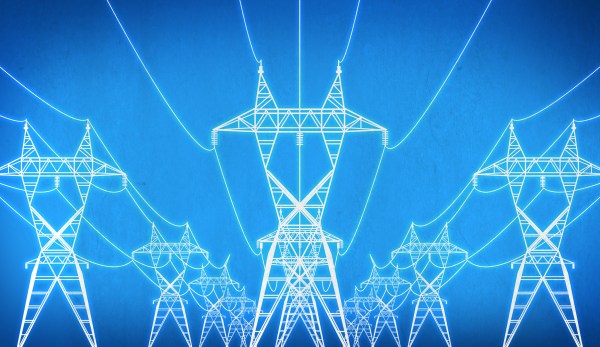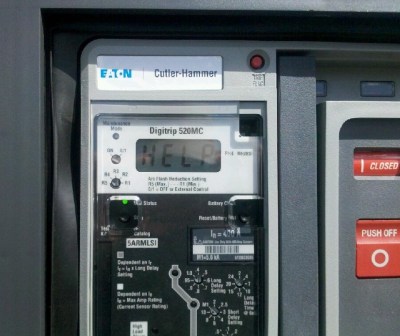Back in the day the Apple iPod was the personal music player (PMP) to get even if mostly because everyone and their dogs had one. These days most people just use their smartphone as a PMP, but what if you were to take, say, a 5th generation iPod and modernized it? That was the basic idea that [Zac Builds] picked up and ran with, with the results as shown in the video he made about it.
The 5th gen iPod was the first one capable of playing video, and was released in October of 2005. Powering it is a Broadcom BCM2722 for video playback, and came with a 30 or 60 GB HDD. First thing that [Zac] tosses is the old (3.7V, 650 mAh) battery, which appears to be already a replacement for the original, followed by the 60 GB 1.8″ HDD. Next tossed is the 2.5″ 320×240 QVGA screen, which gets replaced by a compatible modern LCD. The case is replaced with a transparent case, along with a transparent touch wheel, and the HDD is replaced with a 256 GB SD card in an iFlash Solo SD card adapter for iPods.
Next up was the installation of more off-the-shelf mods, such as a ‘taptic mod’ – which adds a rumble motor – and replacing the iPod’s 30-pin connector with a USB-C connector, requiring some fiddly soldering and desoldering. Following this a Bluetooth audio transmitter was added, extreme PCB mods performed with a cut-off wheel to make everything fit with a custom midframe and rear case.
Ultimately, the parts left of the original iPod were most of the mainboard and some flex cable, which raises the question of whether it might not have been faster and easier to start off with designing a custom PCB. Perhaps the true value is in the modding journey and not the destination?
Thanks to [Keith Olson] for the tip.
Continue reading “Modernizing An Apple IPod, Or: A Modern-Day Ship Of Theseus”















